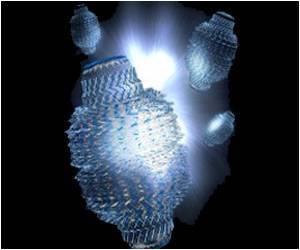The new study shows how the entry mechanism of nanoparticles into tumors determines the future direction of nanomedicine development.

‘The study reviews future directions of nanomedicine development, focusing on the mechanism of nanoparticle entry into tumors instead of clinical transformation itself.’





Enhanced permeability and retention (EPR) allows nanoparticles to passively accumulate at tumor sites via gaps between endothelial cells (inter-endothelial gaps) in tumor-associated blood vessels that have abnormal structural integrity with pores ranging in size from submicron to micron. Designing better nanoparticles to achieve efficient clinical transformation can be informed by a deep understanding of the mechanism of nanoparticle entry or the mode of action.
Source-Eurekalert









